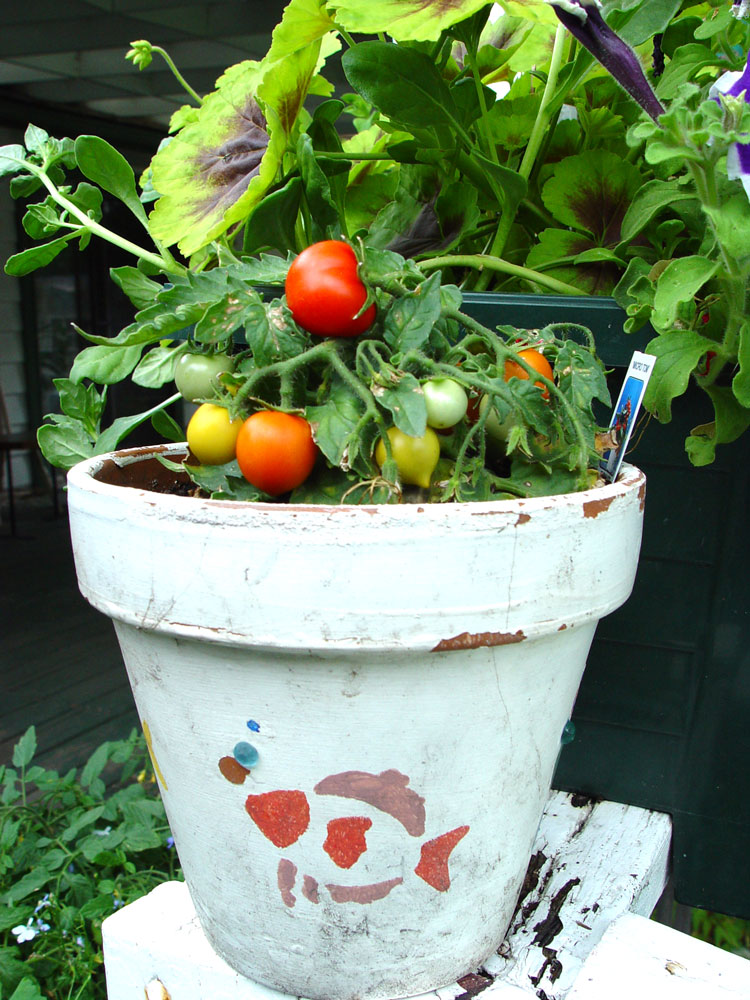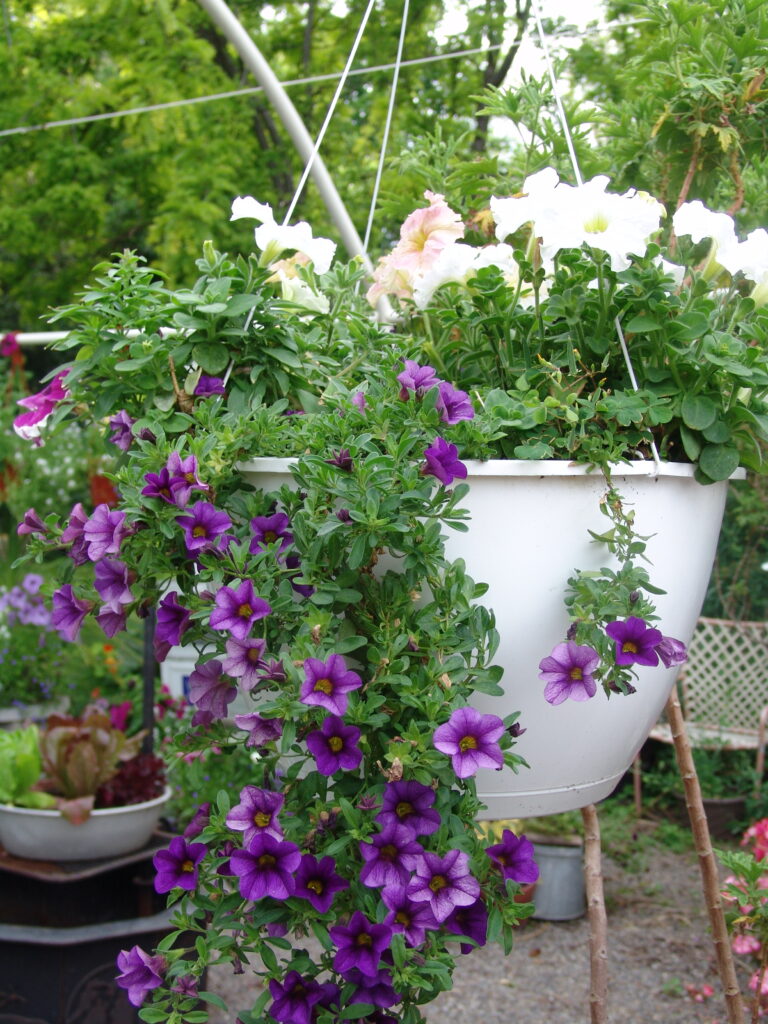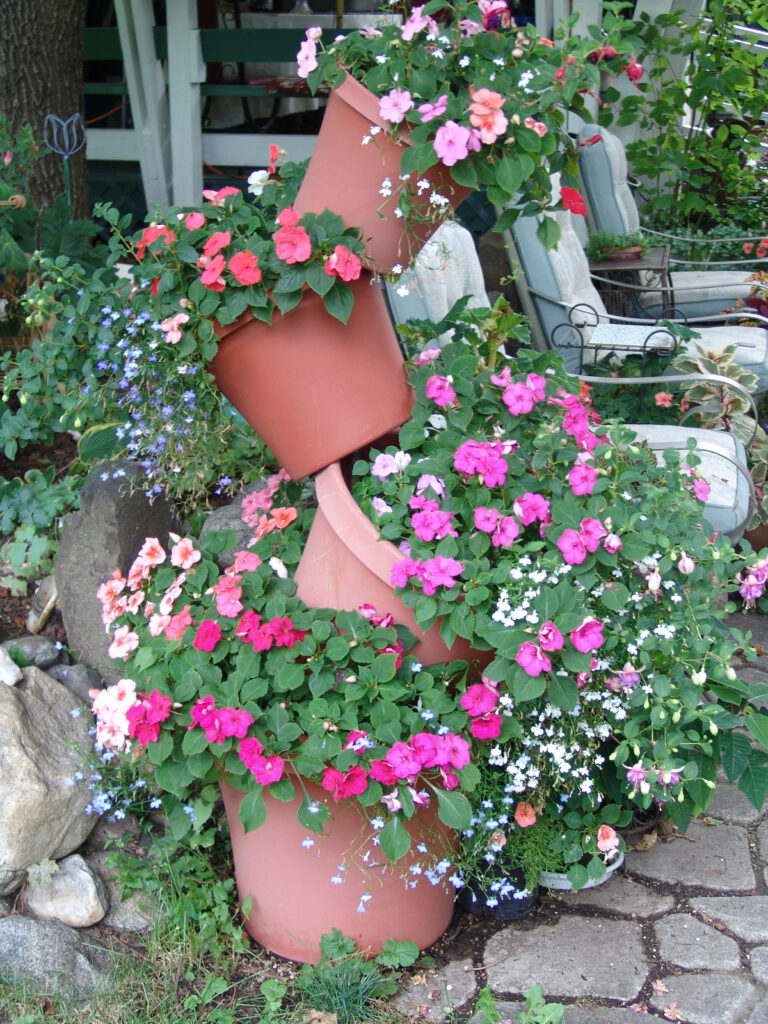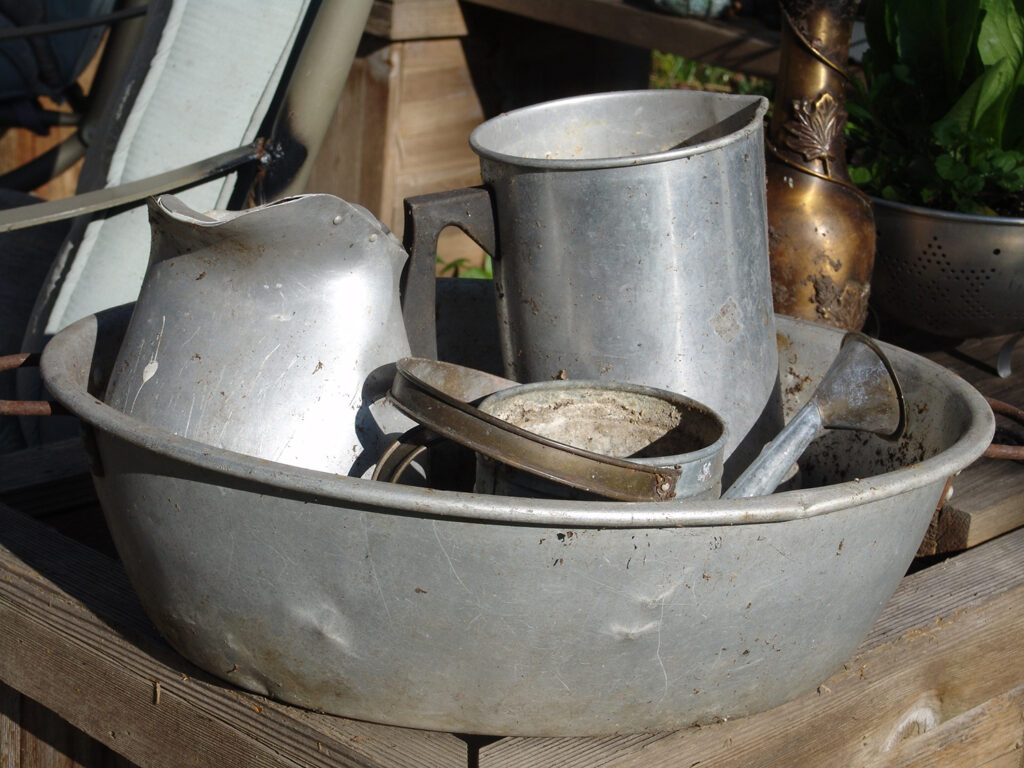
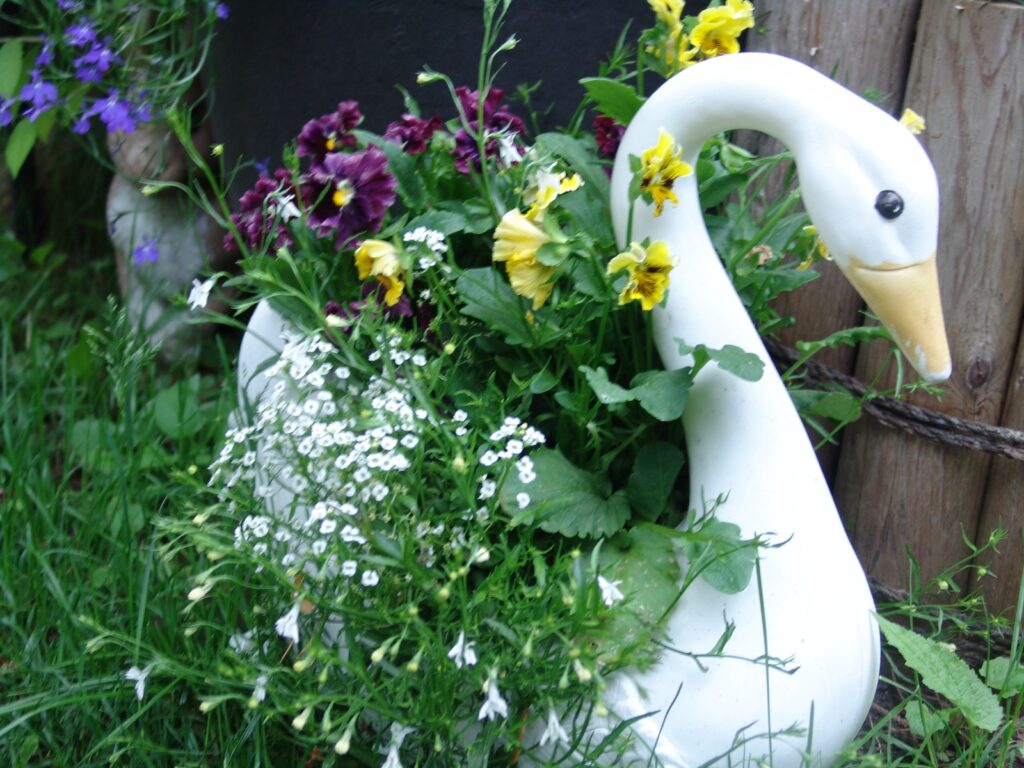
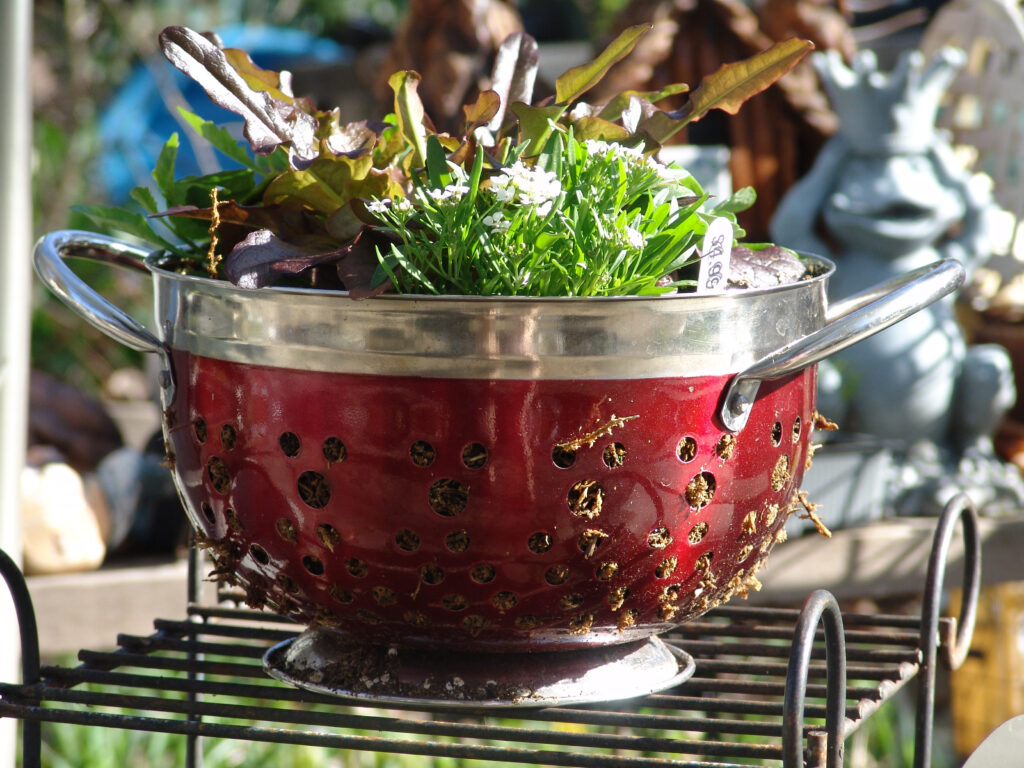
Using containers is near and dear to my heart. I hope that everyone gardens, the beauty of growing things restores the soul. Even if you don’t have a plot of ground you can still grow something. All you need is adequate light, good potting soil and a decent all-in-one fertilizer. You could also go the organic route and add supplements/amendments to your potting mix.
The advantages of using containers are: the soil is warmer, they are portable if you need to move them around to sunny spots, and great for deck or patio plantings, or if you have terrible soil and don’t want to replace it. If you also have physical limitations, this works well. Granted, you won’t be planting an acre of corn or a mammoth pumpkin but nothing makes you feel better than picking a ripe tomato or smelling the perfume of a flower. There are many varieties that can be grown in a pot.
There are tomato varieties that have been bred for smaller pots such as Tumbler, Patio and Tumbling Tom Yellow, bush types such as Bush Goliath, Better Bush, and other determinates like Willamette, Green Grape, Glacier, and Cream Sauage. Taxi is a lovely heirloom that will grow nicely in a container as will most of the Dwarf varieties. Interplant with flowers, lettuce or herbs, making sure that they have the same cultural and light requirements.
TIPS FOR CONTAINERS
NEVER use garden soil for your pots. It’s heavy and compacts easily, creating an anaerobic environment that is not conducive to plant growth.
Choose the largest pot you can find or afford. The larger the pot the more real estate there is to retain moisture. I use my smaller, cute pots for shade lovers like impatiens and begonias; they don’t dry out as fast as those in the sun.
When choosing plants to cohabitate your container, make sure that their specific needs are complimentary. The amount of light (sun, shade or partial shade), amount of watering (dry side or continuously moist soil) and size of mature plant, (is it a thug and want to take out the world and it’s fellow neighbor?) etc. You wouldn’t mix a zinnia with an impatiens or a fuchsia or a cucumber plant with a coleus.
Watering in critical! Water everyday, sometimes twice depending on how hot it is. Of course Mother Nature will sometimes cooperate and water for us.
Fertilize at a diluted strength, (read the directions) and fertilize 2 to 4 times a month. For instance if the ratio of liquid fertilizer is 1 TB to 1 gallon of water, cut the amount in half and use 1/2 TB per gallon and water the plant twice a month with this solution. Since you are watering more often, you are flushing the nutrients out of the potting mix more rapidly.
There are any number of bush vegetable varieties that can be grown in pots, such as Spacemaster cucumbers, Sweet Reba acorn squash, Little Finger carrots, all varieties of lettuce and most herbs plus many others. Peppers are a natural for containers.
Some Fine Examples of Container Gardening
Just remember that edible doesn’t mean it has to be strictly utilitarian!
